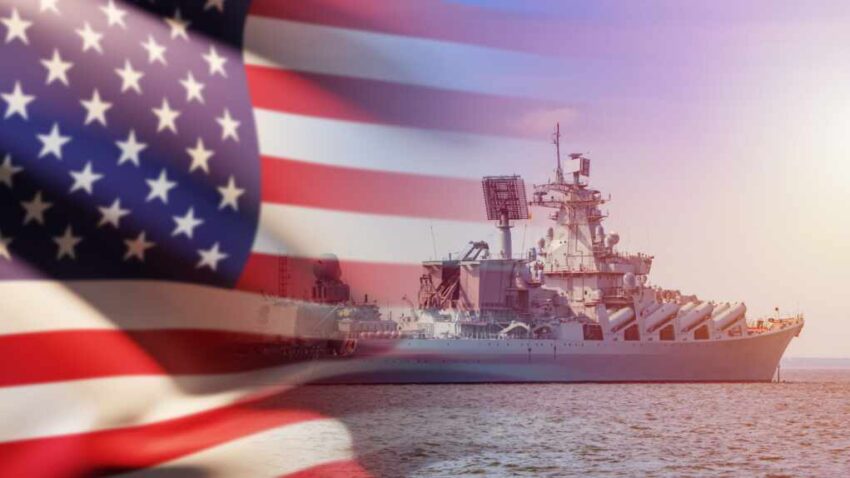Pentagon arms dealers unveiled a record $47.3 billion plan to expand its fleet to 19 new surface warships, a dramatic leap from just five last year that is meant to confront China.
At a Glance
- The FY 2026 Pentagon request allocates $47.3 billion for procurement of 19 new “battle-force” vessels from a total Navy budget of $292.2 billion.
- This marks a nearly fourfold increase in shipbuilding compared to FY 2025’s five vessels.
- The planned fleet includes destroyers, submarines, amphibious ships, surveillance vessels, and logistics support.
- The US maintains about 287 frontline battle force ships, signaling a prioritization of quality and readiness.
- The buildup is a clear strategic signal targeting China’s expanding People’s Liberation Army Navy of over 730 ships.
Why 19 Ships Now?
The Pentagon’s proposal reflects urgency: China’s fleet of 730+ hulls has prompted U.S. leaders to emphasize superior capability over simple numerical parity. The added vessels include cutting-edge Arleigh Burke-class destroyers and high-tech submarines, signaling a pivot to advanced readiness, according to Army Recognition.
Watch a report: 19 New Warships for U.S. Navy in 2026 as China’s Naval Challenge Looms.
And this isn’t just about numbers. The fleet composition underscores a multi-domain posture: undersea warfare, distributed amphibious strike, surveillance, and logistics. The inclusion of Columbia- and Virginia-class subs, amphibious assault ships, and T-AGOS surveillance vessels points to a maritime strategy built for both deterrence and forward presence, as detailed by Avioblog.
Commander Sharpe Speaks
Retired Royal Navy Commander Tom Sharpe—who helmed four warships and earned an OBE for saving HMS Endurance—warns this marks a return to “battleship brinkmanship.” He contends the fleet expansion is as much psychological as it is military. “It’s not just hardware—it’s intent,” Sharpe says, highlighting that a visible, capable fleet recalibrates adversarial calculations.
He adds that modern naval warfare has evolved: it’s less about force-on-force engagement and more about distributed lethality, command of the seas, and tech dominance. Sharpe’s frontline tales—ranging from Arctic icebreakers to anti-piracy in the Gulf—underscore how presence can deter without fighting.
Global Implications
This naval investment dovetails with a $1.01 trillion Defense budget—part of a multi-bill strategy to revitalize U.S. maritime dominance, according to The Telegraph. It’s an industrial pivot as well: billions are being channeled into shipbuilding modernization, submarine yards, and surface ship dry docks.
From Europe to the Indo-Pacific, regional allies are taking note. The fleet’s emphasis on supply, surveillance, and amphibious deployability resonates in hotspots from Taiwan to the Persian Gulf. With rising gray-zone threats and China’s naval drills, this shift sets the stage for intensified sea-power rivalry.
Click this link for the original source of this article.
Author: Editor
This content is courtesy of, and owned and copyrighted by, https://deepstatetribunal.com and its author. This content is made available by use of the public RSS feed offered by the host site and is used for educational purposes only. If you are the author or represent the host site and would like this content removed now and in the future, please contact USSANews.com using the email address in the Contact page found in the website menu.








